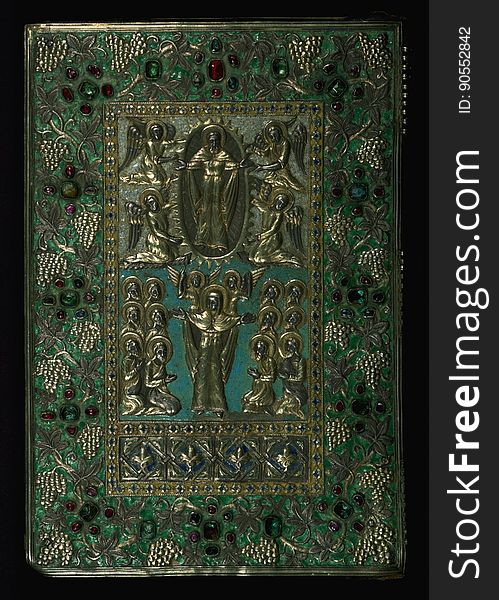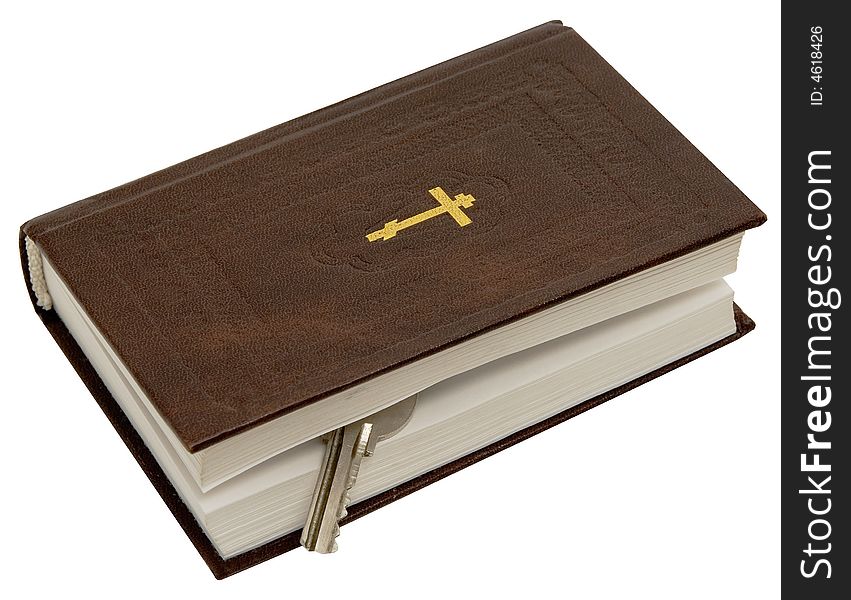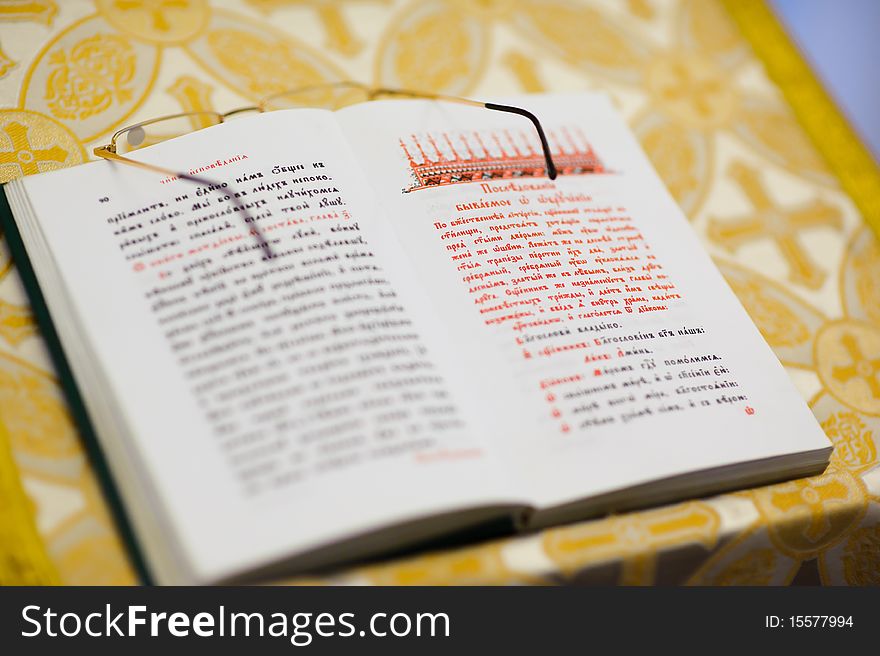
You can use this free image under the Creative Commons Zero (CC0) public domain license. Support our free section by adding a credit line next to the photo in your design. A suggestion is provided under the title.
Gospel Book, Original treasure binding, Walters Manuscript W.540, Lower board outside
Upper and lower boards made of wood and covered with goatskin, with a rectangular goatskin flap attached to the lower board to protect the fore-edge; two silver plaques have been attached to the upper and lower boards and are joined across the spine through use of 3 sets of 5 silver chains; upper-board silver plaque depicts the Adoration of the Magi in a central, rectangular field, with the figures and decorative elements in repoussé and gilded, with carefully incised details and blue, green, and yellow enamel employed for spatial and decorative effects; outer border is filled with grape-cluster motifs within a green-enamel background and semi-precious gems in the shape of rosettes and crosses; lower-board silver plaque incorporates the same decorative elements and design as the upper-board, but the central scene depicts the Ascension of Christ, with the heavenly background filled in with a marbled white enamel and the earthly background below in blue; inner boards lined with blue linen. This manuscript was executed in 1475 by a scribe identified as Aristakes, for a priest named Hakob. It contains a series of 16 images on the life of Christ preceding the text of the gospels, as well as the traditional evangelist portraits, and there are marginal illustrations throughout. The style of the miniatures, which employ brilliant colors and emphasize decorative patterns, is characteristic of manuscript production in the region around Lake Van during the 15th century. The style of Lake Van has often been described in relation to schools of Islamic arts of the book. Numerous inscriptions (on fols. 258-60) spanning a few centuries attest to the manuscript's long history of use and revered preservation. The codex's later history included a re-binding with silver covers from Kayseri that date to approximately 1700. This jeweled and enameled silver binding bears a composition of the Adoration of the Magi on the front and the Ascension on the back.
© publicdomainstockphotos | Stock Free Images
Similar Free Images


